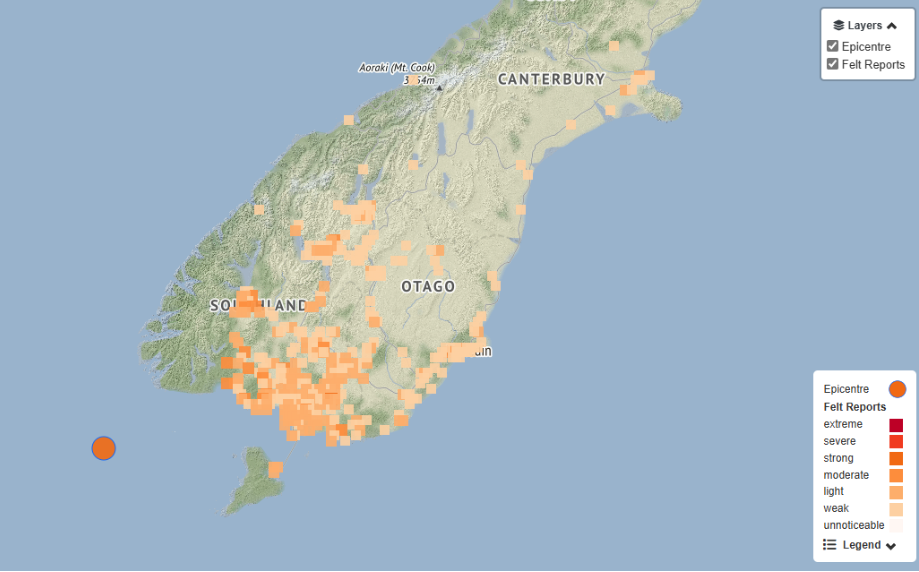
Recent reports have highlighted a raft of issues for Civil Defence in the area, including a lack of dedicated roles impacting “already stretched” staff and missed calls following a 6.8 earthquake off Southland on March 25 this year.
The tremor at 2.43pm was centred off the south-west coast of Tuatapere and widely felt across Southland and Otago, where people reported buildings shaking.
It triggered a tsunami alert warning for the west coast of the South Island, which was lifted about 8pm. Civil Defence had ruled out a threat to land, but warned for caution on the coastline as "strong and unusual currents" were detected.

“As expectations grow at the national level and climate and disaster risks intensify, continuing to operate with insufficient, non-specialist staffing is not sustainable,” it said.
There was an "urgent" need for more resources as the region struggled to meet local and national expectations.
Emergency Management Southland group manager Aly Curd said her staff had now been asked to explore options for addressing resource gaps through the 2026/27 annual plan.
She also spoke to issues relating to the March quake.
While there was no significant fallout from that event, a range of challenges came to light in a report, including missed calls, due to the duty phone not having an overflow function.
The phone was the first point of contact during an emergency and would be upgraded next month, Curd told Local Democracy Reporting.
There is a 75% probability of an Alpine Fault earthquake in the next 50 years according to a recent study led by Te Herenga Waka - Victoria University of Wellington.

Curd said the time it took the national advisory group to convene emphasised the importance of self-evacuation.
“That is why we focus on the ‘long or strong, get gone’ message in local risk education."
Emergency Management Southland received a tough review earlier in the year on the back of its response to Gore flooding in 2023 and Bluecliffs erosion in 2024.
Key issues included staffing levels, communication and a lack of process for declaring an emergency.
It hopes to address staffing issues through a two-phase process, starting with new training and recovery positions over the next two years.
The second phase will look to expand the team to 11 people.
LDR is local body journalism co-funded by RNZ and NZ On Air













